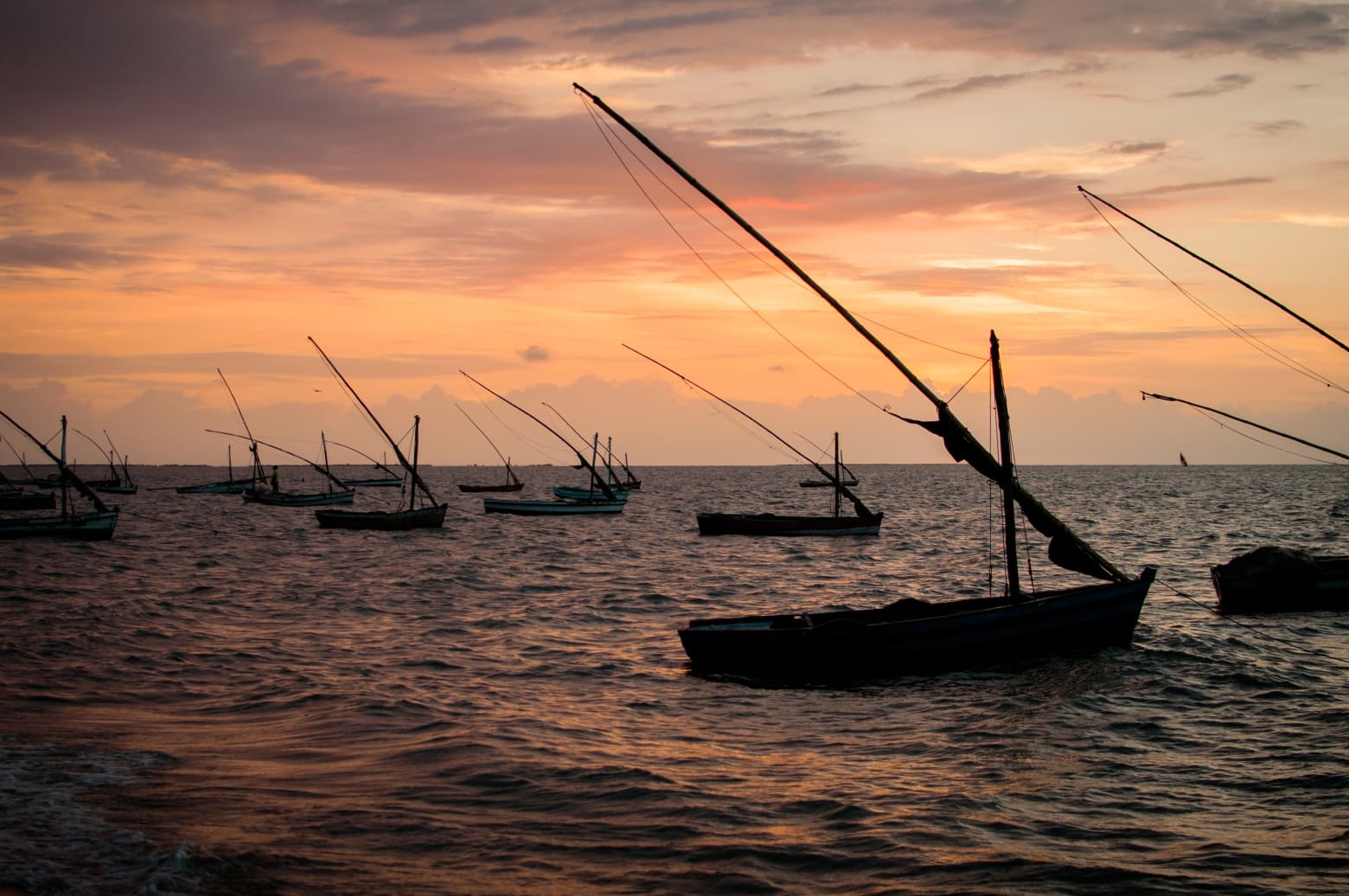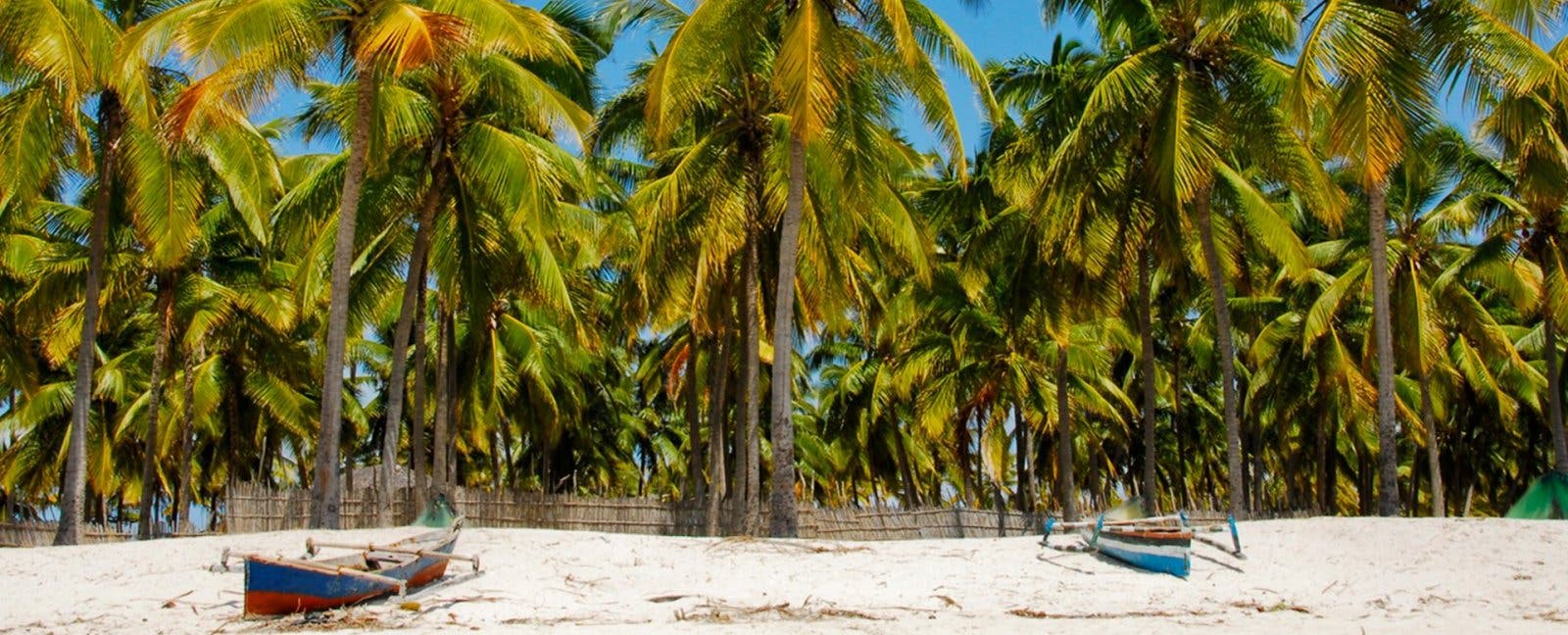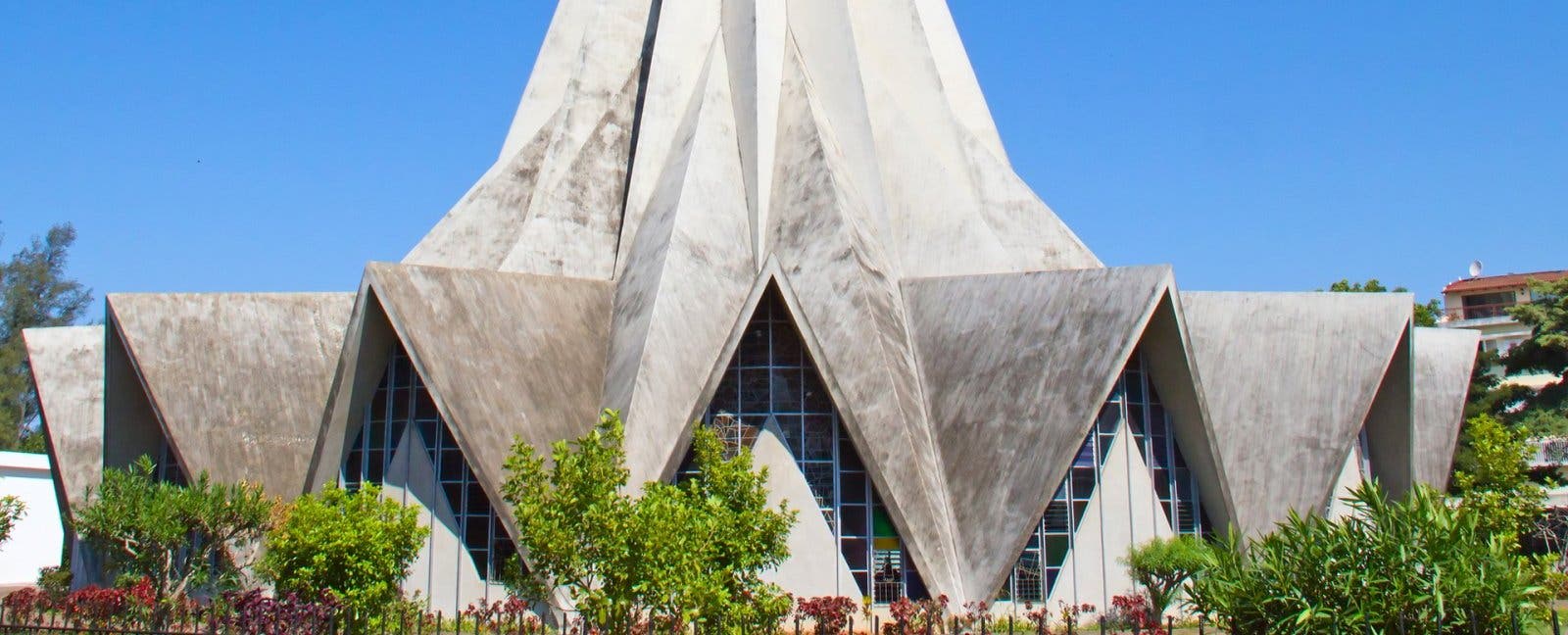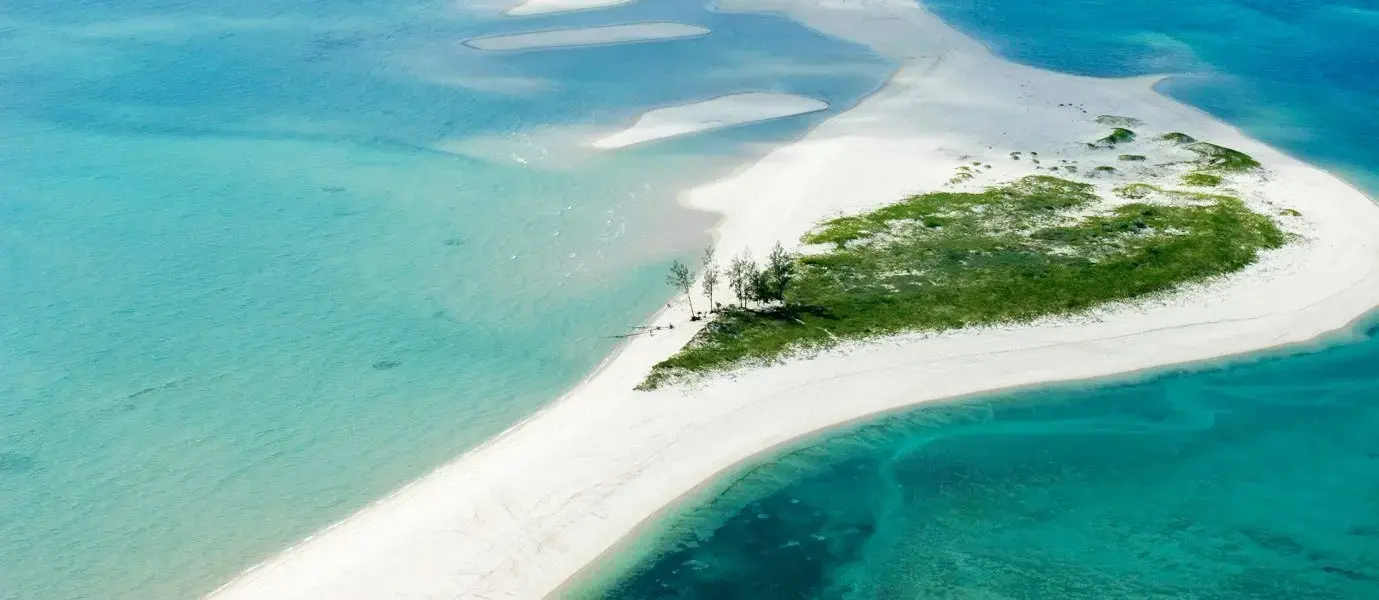Propping up Eastern Africa with a vibrant population of over 28 million, Mozambique enchants and inspires those on a quest for African wanderlust. From the Jacinda tree-filled avenues of Maputo to the real world paradise of Inhaca - Mozambique holidays satisfy the most diverse of travel tastes.
Mozambique consists of idyllic coastal lowlands in the south and rugged mountains in the north. This lesser-known African gem borders Malawi, South Africa, Swaziland, Tanzania, Zambia, and Zimbabwe. The majestic colonial architecture and vibrant street food culture of its bustling capital city, Maputo is an unmissable experience on our luxury tours of Mozambique. Boasting an array of tropical islands such as Inhaca and Xefina, both ideally placed off the mainland’s coast, and shores lapped by the turquoise waters of the Indian Ocean, it’s easy to see why Mozambique’s popularity has dramatically spiked in recent years.
7,000 years ago the blissful island of Inhaca tore away from the mainland and is now an established must-visit on trips to Mozambique. This slice of paradise is where office daydreams of swaying palm trees, pristine beaches and warm crystal clear seas come true. Plunge into the tepid shallows of Machangulo for a spot of snorkelling to see the locals of Spotted Rubberlips, Jewel Damsels and Zanzibar Butterflyfish.
Nature in Mozambique
In 2018 Mozambique was labelled as a ‘living laboratory for nature’s renewal’ by the New York Times for its impeccably maintained national parks. The Indian Ocean coastline and tropical climate make this lesser-visited country a thriving hub for animals and fauna. Over 750 birds, 200 mammals, 170 reptiles and 40 amphibians call this southeastern edge of Africa home. Lions, cheetahs, elephants, leopards and rhinos, as well as smaller animals like antelopes, zebras, hyenas and buffalo, roam its plains and rainforests. Mozambique’s waters play host to humpback whales, whale sharks, manta rays, dolphins, dugongs, turtles and a multitude of exotic fish.
Standing at 5,600 ft above sea level, Mount Mabu in northern Mozambique is an obscure elevation that has garnered fame for its old-growth rainforest. The discovery of this untouched, lonely mountain forest is almost as fascinating as the wildlife that inhibit it. Through meticulously scanning Google Earth Kew Gardens scientists located this haven of biodiversity, leading to its unofficial title of the ‘Google Rainforest’. 7 new species have been found and over 126 types of bird identified since its discovery in 2005.
History of Mozambique
Long before the Portuguese arrived in 100 AD Mozambique consisted of Bantu speaking kingdoms who farmed the land with iron tools. Contact from the outside world is believed to have started in the 9th century with Arab merchants, sparking off a long history of trade. In 1498 Portuguese sailor Vasco Da Gama landed on Ilha Mocambique (Island of Mozambique) on route to India. In 1511 an explorer from Portugal delved into what is now mainland Mozambique and into the lands of the Sena People.
In 1514 he confirmed the rumours of rich goldfields in Zambezi Valley, the traditional home of the Sena people, which led to widespread Portuguese colonisation; however, the Crown of Portugal never established full control of the region.
During its colonial times over 50,000 slaves were captured and taken to Brazil. In the 19th century Africa was carved up by European empires. Britain and Portugal signed a treaty in 1981 that recognized the borders of Portuguese East Africa (now modern Mozambique). During the 1950s and early 1960s the situation in Africa began to change and a multitude of countries gained independence. In 1962 the Mozambique Liberation Front (Frelimo) was founded. In 1964 Frelimo began an armed struggle with the colonial powers of Portugal.
After 10 years of fighting on the 25th of June 1975 Mozambique achieved independence. Unfortunately, the new governmental policies of Mozambique left the nation poverty-stricken. Matters worsened in 1977 as the land plunged into civil war. An anti-Communist organisation called Renamo fought the government for 15 years. In 1989 Frelimo had given up its socialist policies and by 1990 they had published a new constitution.
After lengthy talks in 1992 a peace agreement was made with Renamo. Mozambique experienced further setbacks in 2000 and 2001 when it suffered severe floods. Then ironically it suffered a severe drought killing hundreds of people and thousands of cattle the following year. Despite its unwealthy status, modern-day Mozambique is fast becoming a tourist hotspot and is now famous for its outstanding natural beauty and vibrant culture.
Culture
Boasting a strong identity and brimming with culture - this modern nation isn’t just a pretty face. The joyous tones of Marrabenta, the rhythmic drums of the traditional dance of Mapiko entwining with the spicy aroma of streetside grills make travelling to Mozambique a delight for the senses. Foodie highlights include fresh local prawns smothered in Piri Piri, Matapa (stewed cassava leaves blended with ground peanuts, garlic and coconut milk) and freshly baked
Paõzinho - a delightfully light and irresistible street loaf sold on bustling streets in the early hours. Portuguese is the official language but over 40 languages and regional dialects are spoken. Western fashion has replaced the traditional dress of the country but on specific occasions traditional dresses awash with bold colours are worn. Many Mozambican women wear a Capulana (an intensely coloured sarong). Scarves are also adorned on their heads to transport goods to and from the raucous Central Market in Maputo. Mozambique is a heady mix of beliefs and ideologies. One-third of the population are Christian (Roman Catholic), around a quarter are Muslims and the rest have varying tribal faiths. 50 percent of the population practices animist beliefs, where ancestors are worshipped as the messengers of gods.
Awash with smiling locals, a unique mix of colonial yesteryear architecture and African intensity, a tour of Mozambique is a feast for the senses. Unearth the true nature of this glossy African Jewel with pristine white sands between your toes and lashings of Piri Piri on a trip to Mozambique.






